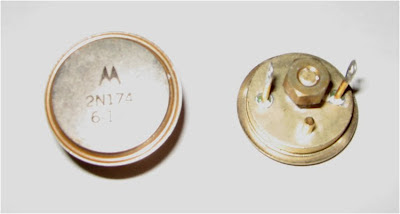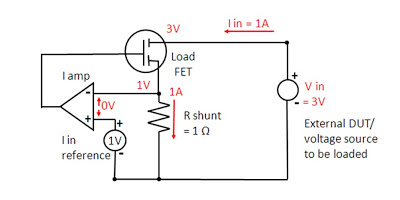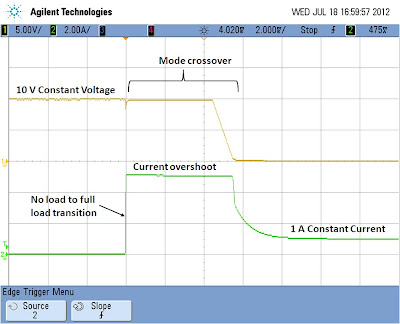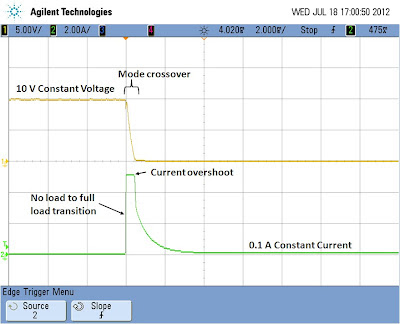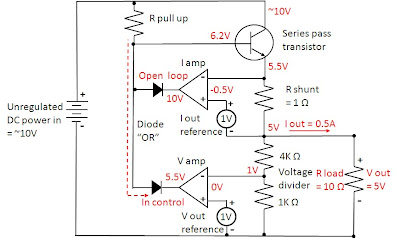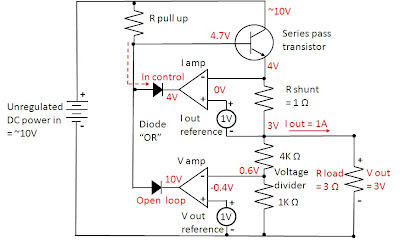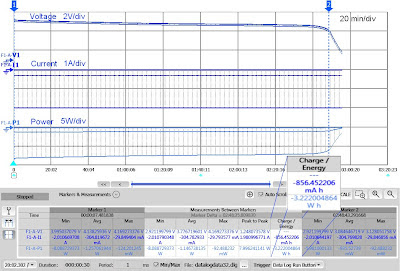One of the questions that we have received on the support team
quite a few times and something that confused me when I started at Agilent is the concept of our resolution supplemental
characteristic versus our accuracy specification. I sat down with my colleague Russell and we
wanted to do a simple explanation of the differences.
If you look at our power supply offering, there is always an
accuracy specification and a resolution supplemental characteristic for both
programming and measurement. For the
purposes of this blog post, we are going to look at the programming accuracy (0.06%
+ 19 mV) and programming resolution (3.5 mV) of the N6752A High Performance DC
Power Module. Please note that these
same explanations apply to the measurement side as well but for the sake of
brevity we will be sticking to programming in our example.
Let’s start by talking about resolution. Our power supplies use Digital to Analog
Converters (DACs) to take the user inputted settings and convert them to analog
signals that set a programming voltage that will interact with the control loop
of the power supply to set the output.
The resolution supplemental characteristic represents one single count
of the DAC. This is also known as the Least
Significant Bit (LSB). What this means
for our end user is that the smallest step they can make between two settings
on the unit is the programming resolution number. In our example, the N6752A can be set to
0.9975 V, 1.001 V, 1.0045 V, etc. These
are all multiples of 3.5 mV and any setting that falls between two DAC counts
will be put into the nearest count. If
the user tried to set the N6752A to 1 V, the power supply will actually be set
to 1.001 V since that is the nearest count.
This is also known as quantization error.
The accuracy specification always includes an error term for
the quantization error. This is
typically half of the resolution supplemental characteristic. The accuracy specification also includes many
other factors such as DAC accuracy, DAC linearity, offset error of operational
amplifiers, gain errors of the feedback loops, and temperature drift of
components. The accuracy will always be worse than the
resolution since it includes all of the factors listed above as well as the
term for the quantization error. You can
definitely see this in the N6752A where the resolution is 3.5 mV and just the
offset of the accuracy specification not including the gain term is 19 mV which
is more than 5 times greater than the resolution.
